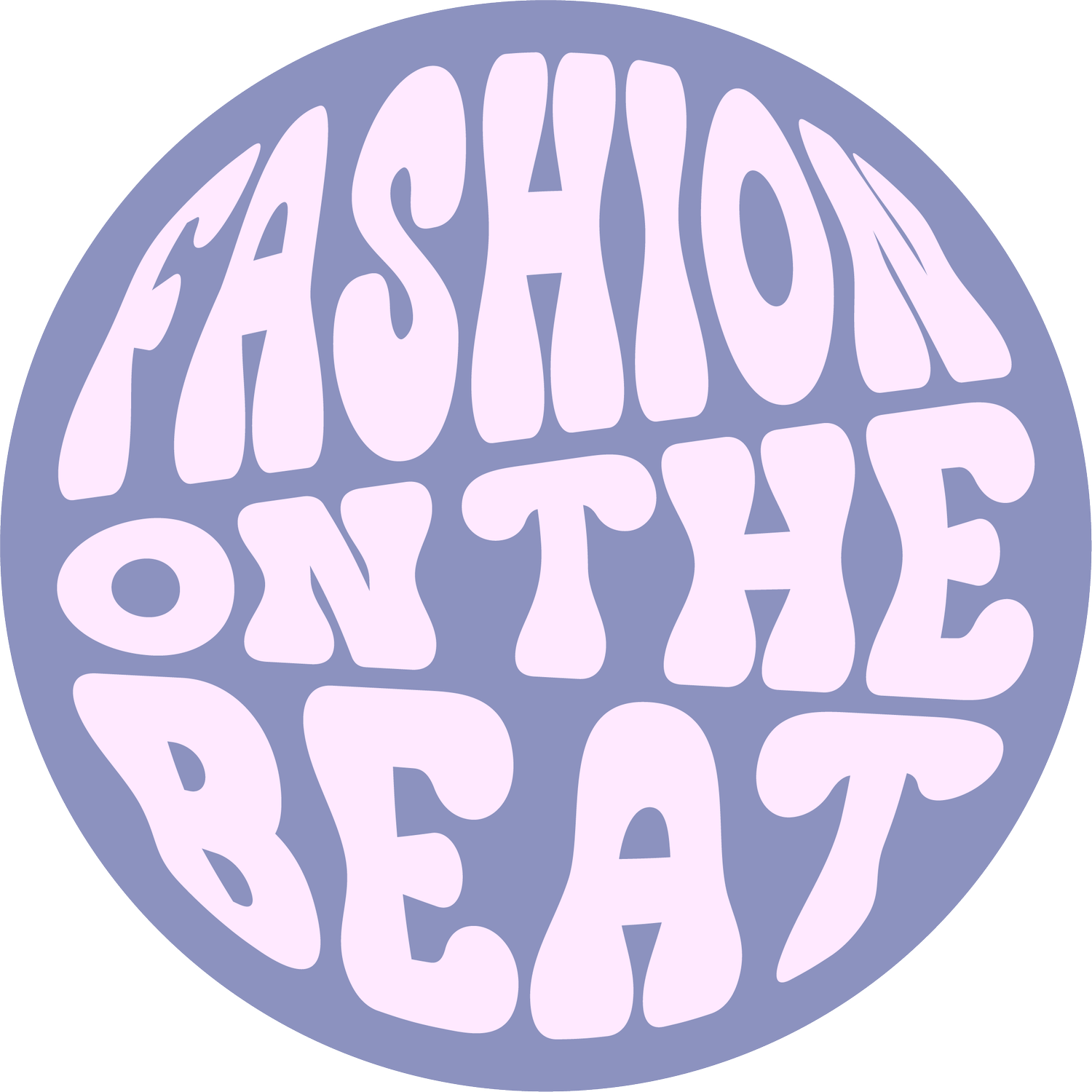Once an Icon, Always an Icon: Dame Vivienne Westwood
One month after her passing, I want to remember the talent and the genius of Vivienne Westwood. Her role in the fashion system can help all of us understand why an icon will never die.
Dame Vivienne Westwood’s career started in 1971 when she opened up a small shop on King’s Road, London, with her then boyfriend and business partner, Malcolm McLaren. This shop was (and still is) famous for its ever-changing name and aesthetic, with it being Let it Rock for only one year before Westwood’s new biker influences encouraged a new title of Too Fast to Live, Too Young to Die. Two years after that, the name changed yet again to the name we all still associate with Westwood to this day, Sex. But punk wasn’t born yet. McLaren was manager of the Sex Pistols and so the shop was renamed for the penultimate time, Seditionaries. This begs the question, which came first, the fashion or the music? This shop would set Vivienne Westwood on a path full of rebellion, alternative aesthetics, and anarchy. Let’s take a look at some of her most iconic looks.
Look number one comes from the start of Westwood’s career. Her punk looks featured, zips, bondage, safety pins, and distressed fabric but it also displayed some interesting iconography. Based on the Sex Pistols’ number one single God Save the Queen, Westwood had the album art made by Jamie Reid printed onto t-shirts. Reid’s work, however, was a Cecil Beaton portrait of the Queen that he had defaced. All of this fed into the punk manifesto of anarchy and it was the first time the UK (and even the rest of the world) had seen something like this.
Ten years after originally opening her shop, and five shop names later, Westwood released her Pirates collection, in 1981. The name her shop had at this time was World’s End and this is the name it carries through to this day. Pirates was at the forefront of the New Romantics; a group of performers based in London, who dressed in ‘Dandy’ style clothing inspired by the trends of the 1800s. It was this collection that showcased Westwood’s interest in history and the past rather than the future (of lack thereof, according to the Sex Pistols).
Harris Tweed is a woven fabric that originates from the Outer Hebrides of Scotland. Westwood’s website explains that “it is the only fabric in the world that is protected by its own Act of Parliament, meaning that by law, the cloth must be made from pure virgin wool which has been dyed and spun on the islands and handwoven at the home of the weaver.” By using this fabric, Vivienne Westwood created a revival and inspired other designers to follow suit and look to the islands of Scotland for inspiration.
Vivienne Westwood was still making fashion history into the 1990s, 20 years after opening her very first shop. In 1993, Westwood took her experimentation up a level and created her own tartan for her Anglomania Autumn-Winter 1993/94 collection. In order to make this tartan, however, she had to invent a clan; and so, she came up with the MacAndreas clan. Usually, the whole business of creating a tartan and getting it recognised by the Lochcarran of Scotland would take around 200 years. One could assume it would have to run through a family line for generations for it to be made official. But not Vivienne’s. Instead, her clan and the tartan that goes with it was officially recognised pretty much straight away! As if that wasn’t iconic enough, the actual runway show for this collection made it’s way into the fashion history books for one very specific reason. Whilst walking the catwalk, Naomi Campbell famously fell off her nine-inch heels. Recalling the incident in a YouTube clip on British Vogue’s channel, Westwood suggests that the fall was due to Naomi’s rubber tights sticking together, causing her to wobble and lose her balance. Well kids, don’t mix rubber tights and nine-inch heels!
Jumping forward another 20 years, Vivienne Westwood is still releasing collections that contort the status quo and shake up conventions. In 2015, she released this unisex collection. At first glance the collection seems too ‘sensible’ to be by Westwood but, as always, there is a powerful message behind it. The neutral colour palette further emphasises the gender-neutral nature that the collection name suggests. In this collection, Westwood makes no gender seem more important than the other, with an equal balance of masculine and feminine features. In a way, we can see throughout Westwood’s collections that the idea of unisex is something that is always present and always a possibility.






